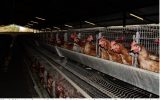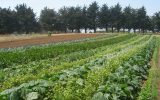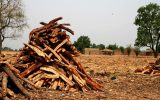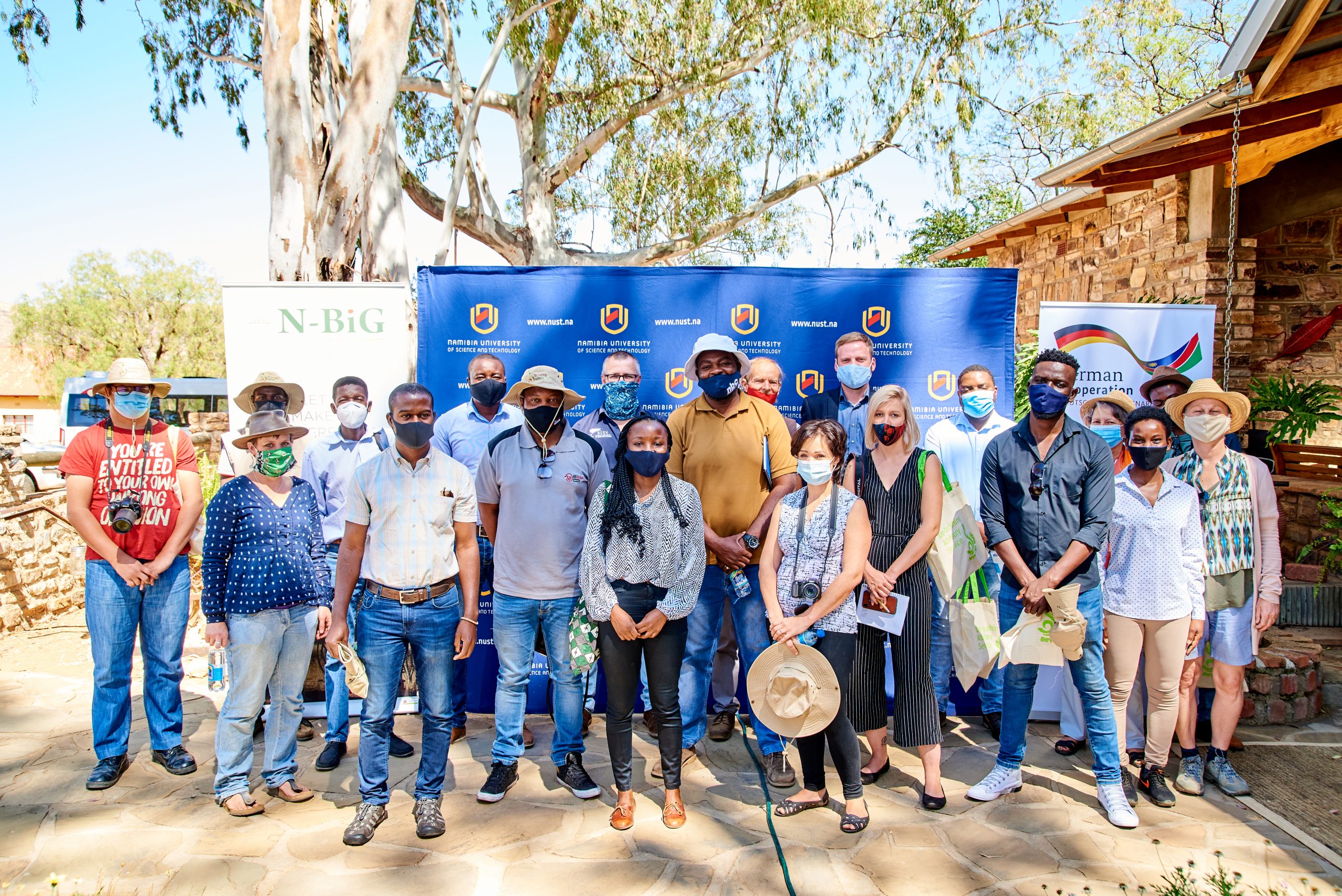The MEFT/GIZ Bush Control and Biomass Utilisation Project hosted a live demonstration of the biochar value chain on Thursday, October 8, 2020, at Krumhuk Farm, about 25 km south of Windhoek. The media day was co-hosted by the Namibia Biomass Industry Group (N-Big) and Namibia University of Science and Technology (NUST). The demonstration was carried out to showcase the entire value chain on how to produce biochar, the usage, and application of biochar (soil enhancement, animal health & carbon sequestration), and to showcase the equipment used when producing and harvesting biochar.
According to statistics and figures, bush encroachment on rangeland has affected more than 30 million hectares, which is more than a third of Namibia`s land area. The most significant consequences of bush encroachment are reduced carrying capacity of affected rangeland as well as limited groundwater recharge and reduced biodiversity, through habitat loss. Despite the impacts, bush encroachment can be a blessing in disguise as it provides an opportunity for economic development in Namibia. Encroacher bush presents a broad range of possible bush-based value chains, such as firewood, barbecue charcoal, animal fodder, biochar, wood-plastic composite products, and sustainable building materials.
What is Biochar?
Biochar is a solid material that can be obtained when biomass is carbonised under limited supply or absence of oxygen. The production process resembles the burning of regular charcoal and it can be produced from any type of Namibian encroacher species. The higher temperatures in the biochar-production process drive out hazardous residues and the quenching enables the biochar pores to open up and thus become more absorptive.
Biochar is an interesting material for farmers and agricultural practitioners worldwide due to its resistance against humification and mineralisation, its porous texture with a large inner surface, and its adsorptive and absorptive capacity. Soils that are treated with biochar tends to increase soil organic carbon and are more resilient to extreme weather patterns such as droughts and flooding, can hold more water, and can deliver improved agricultural yield. Applying biochar into the soil can fix additional carbon for thousands of years and thus presents a solution to encounter global climate change.
Dr. Ibo Zimmermann from NUST explained that a number of faculties are involved in research on biochar at the university. The engineering faculty runs a design project which includes kilns, crushing machinery, and animal feeders. Testing facilities are being set-up and laboratory tests for biochar will be available at the faculty of health sciences.
Mareike Voigts who resembles at Krumhuk farm has already experimented with biochar production. Mareike has cooperated with Dr. Ibo Zimmermann from NUST where they are producing biochar on the farm for trial tests and experiments. At farm Krumhuk, biochar is used to enhance the soil for crop production. The inoculated biochar gets sprinkled onto the soil and then worked on with a rotating hoe. Mareike points out, they consider it a long-term investment into healthy soils and prevention of diseases.
Biochar is indeed a future investment for agricultural productivity. A single application of biochar is sufficient to create positive long-term effects. Once applied, biochar can remain in the soil for hundreds of years. The next Biochar Demonstration Day is scheduled in Otjiwarongo at the Namibia Charcoal Association (NCA) Charcoal village on 11 November 2020 from 09h00 till late. This will be a public event for anyone interested in learning about the production and application of biochar at no cost.




















